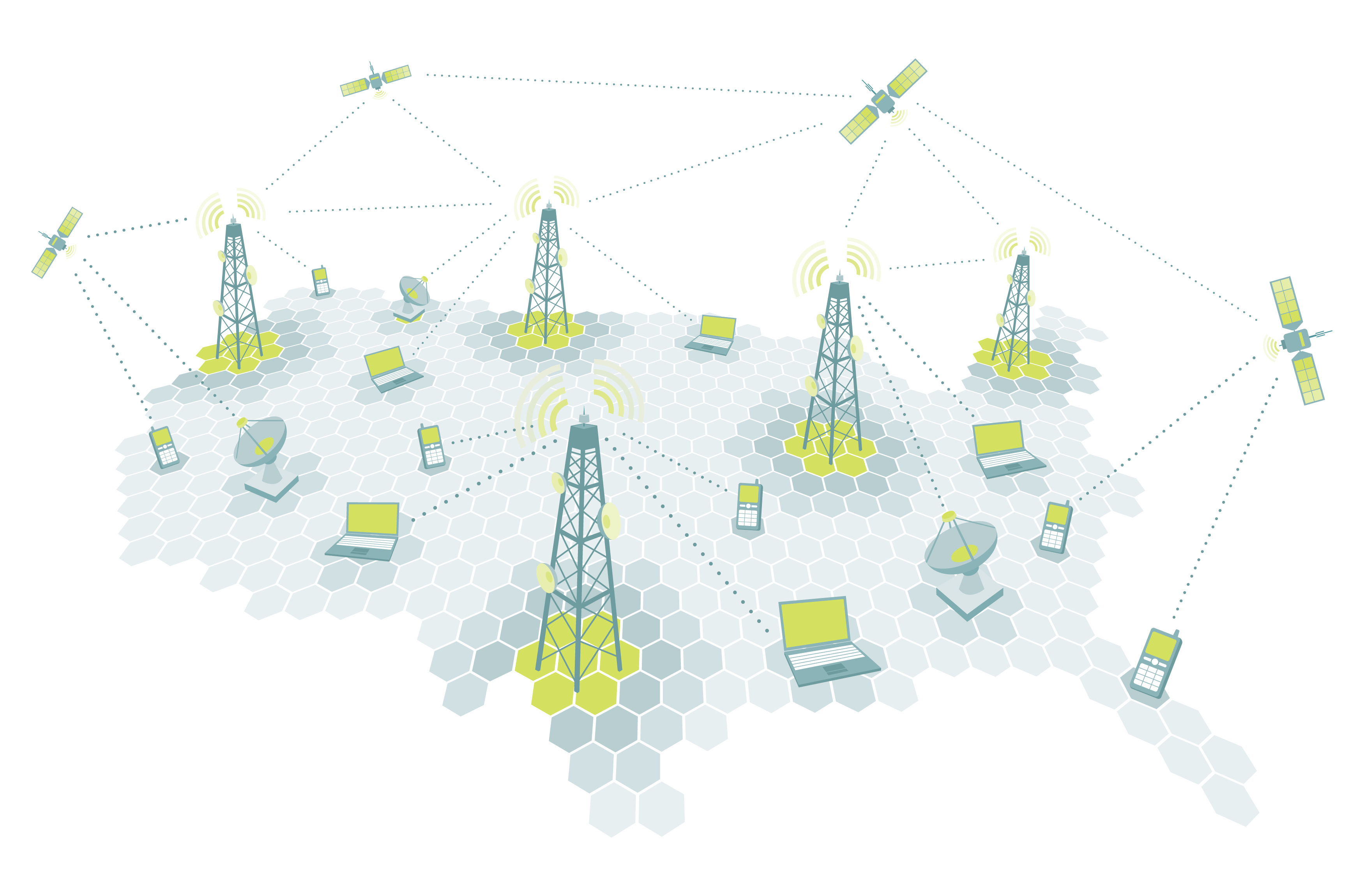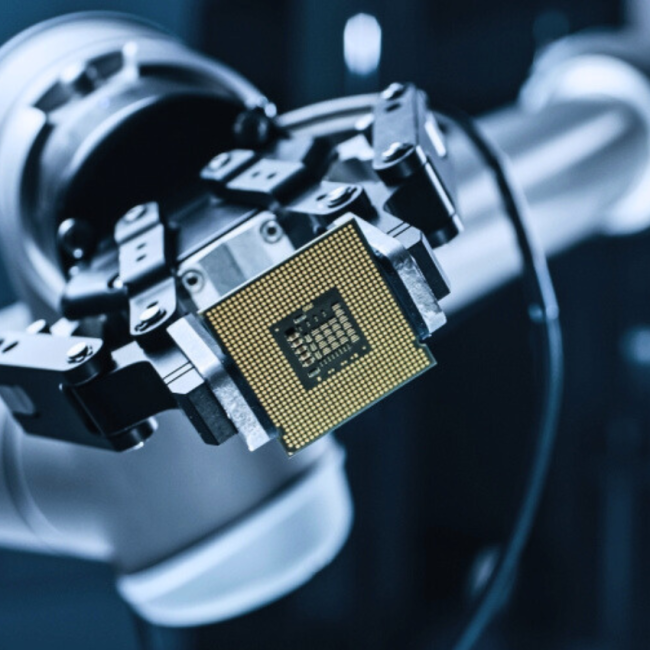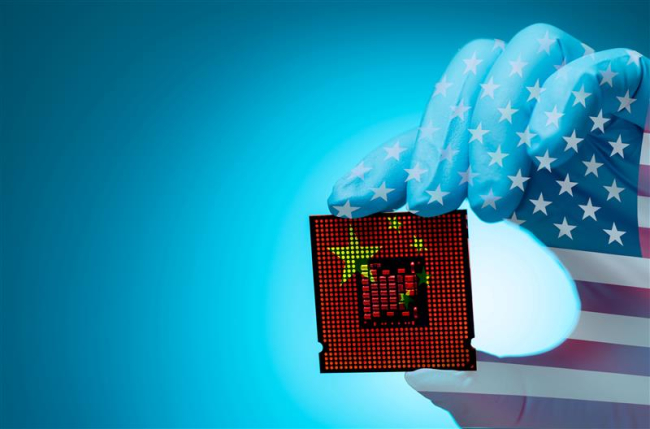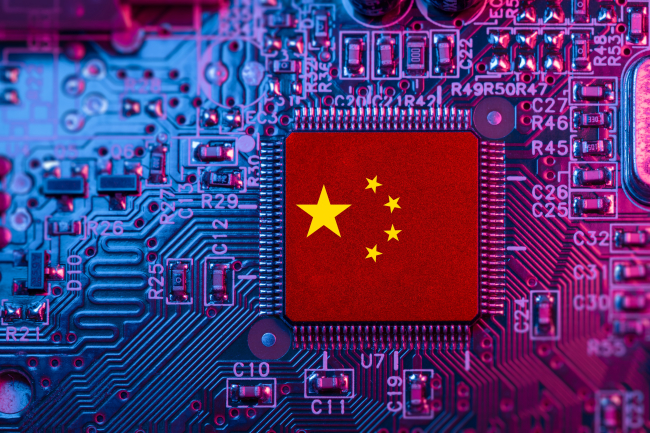“Open” Telecom Networks (Open RAN): Towards a Reconfiguration of International Competition in 5G?

In line with the anti-Huawei diplomatic campaign of the Trump and Biden administrations, the United States has promoted an alternative: Open RAN, a concept defined by "open" network architectures. At the intersection of 5G geopolitics and standards, what risks and opportunities does Open RAN present for European technological sovereignty?

The Radio Access Network (RAN) is the radio part of a mobile telecommunications system that enables the connection between a mobile device (such as a phone or computer) and the core network. While traditionally a single vendor (such as Huawei, Ericsson, or Nokia) provides a “proprietary” or “closed” solution for this part of the network, Open RAN (Open Radio Access Network) is a concept describing disaggregated architectures that divide the RAN into several bricks connected by open interfaces. The objective is to allow the operator to buy these hardware and software bricks from various suppliers, and to choose freely the most suitable option for each part. In the current context of a concentrated 5G market, dominated by three major manufacturers and even facing the risk of an Ericsson-Nokia duopoly with the exclusion of Huawei from many countries, telecom operators emphasize the flexibility and diversification of suppliers allowed by Open RAN, which would allow both more innovation and cost reduction. In line with its diplomatic campaign against “unreliable” Chinese suppliers, the United States has actively promoted Open RAN as an alternative.
However, Open RAN seems far from being a panacea for Europe: in addition to the difficulties that remain in terms of maturity, security, performance and transparency of the specification process, it risks increasing European dependence on foreign suppliers. Although Huawei is not part of the international bodies working on Open RAN (such as the Telecom Infra Project or the O-RAN Alliance), many companies close to the Chinese political and military authorities are. Beyond the question of supplier security, American lobbying is linked to the commercial opportunity that Open RAN represents for American companies, currently leaders in the cloud, software and generic hardware components…even though they do not have a major 5G champion. Open RAN is therefore an issue at the crossroads of the geopolitics of 5G and standards, to which the European Union is beginning to provide a common political and analytical response, despite the diversity of positions among member states.
This paper is available in two languages:

Available in:
Regions and themes
ISBN / ISSN
Share
Download the full analysis
This page contains only a summary of our work. If you would like to have access to all the information from our research on the subject, you can download the full version in PDF format.
“Open” Telecom Networks (Open RAN): Towards a Reconfiguration of International Competition in 5G?
Related centers and programs
Discover our other research centers and programsFind out more
Discover all our analysesAI, Data Centers and Energy Demand: Reassessing and Exploring the Trends
The information and communication technologies sector today accounts for 9% of global electricity consumption, data centers for 1-1.3%, and artificial intelligence (AI) for less than 0.2%. The growing energy demands of cloud services first, and now AI workloads (10% of today’s data centers electricity demand), have exacerbated this trend. In the future, hyperscale data centers will gain shares amongst all kinds of data centers and AI will probably account for around 20% of data centers electricity demand by 2030.
From nonproliferation to strategic competition: US export controls and China
Technological competition is at the heart of the renewed great-power competition that has characterized relations between the USA and China since the 2010s. The role of technological innovation in the evolution of power relations is already recognized in the literature of international relations. However, developments in US technology policy under the last two administrations raise the reverse question: how does the perception of changing power relations (in this case, Chinese technological catch-up perceived as a threat to US leadership) transform policies granting or denying access to technological innovation?
China’s Mature Node Overcapacity: Unfounded Fears
China is decoupling from, not flooding, the global mature-node semiconductor market. As China increasingly pursues industrial policies encouraging domestic chip production, its own growing chip demand will prevent a direct flood of cheap Chinese chips on foreign shores. However, as Beijing achieves its goal of decreasing the reliance of domestic downstream manufacturers on foreign chips, European and American mature-node semiconductor companies will feel the ripple effects of an increasingly “involuted” Chinese chip ecosystem.
Sat-to-Cell: Towards Universal Connectivity?
Sat-to-Cell is a new type of service that connects smartphones directly to satellites. It has recently enabled innovative applications such as emergency text messaging via satellite. The technology is developing rapidly, and many questions are now being raised about its potential impact.












